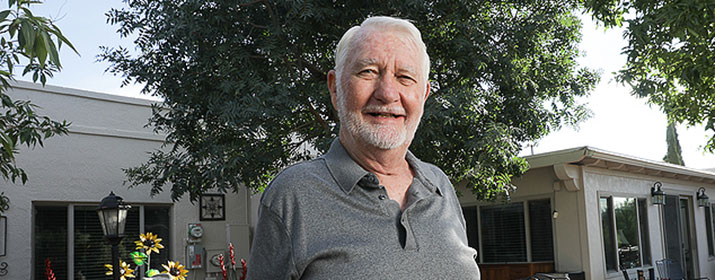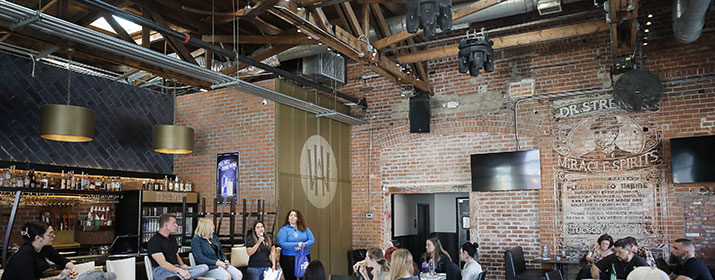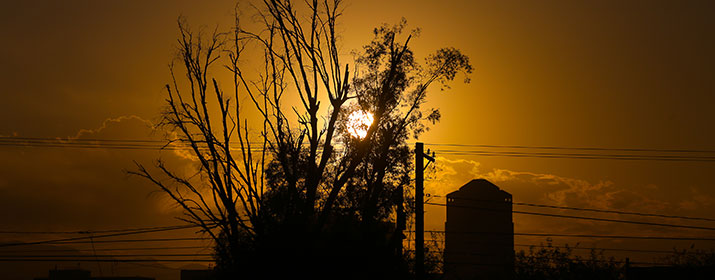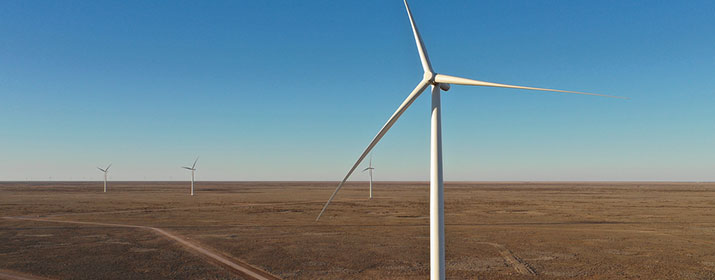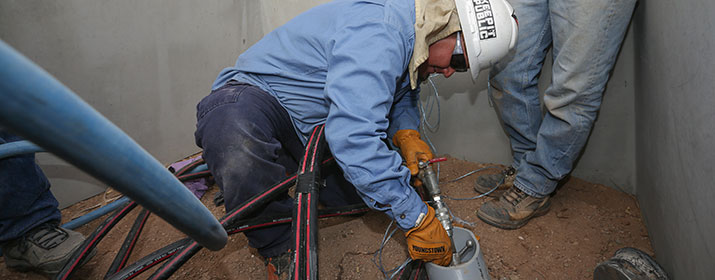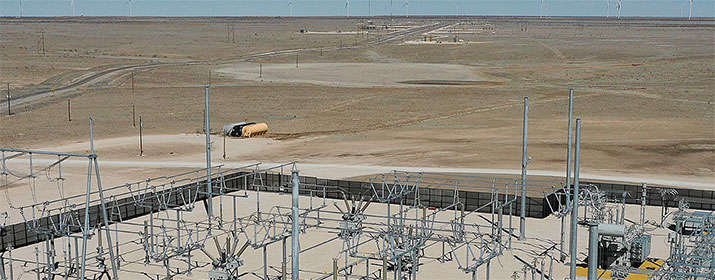
Although high temperatures and powerful thunderstorms arrive in the summer, TEP prepares for them all year long through continual maintenance and upgrades to our local energy grid.
Since the beginning of 2019, we’ve invested more than $770 million to maintain and improve our transmission and distribution systems, which we use to deliver increasingly clean energy to customers. These improvements are designed to withstand extreme heat and powerful thunderstorms as well as the stress caused by increasing energy demands. This work includes improving distribution substations, power lines and cables that deliver service to customers’ homes and businesses.
TEP employees are hard at work on these improvement projects year-round and throughout our service territory. To learn more about some of the projects in your area, visit tep.com/neighborhood-projects. The size and purpose of these improvements vary. Here are four ways TEP improves the energy grid it uses to deliver safe, reliable service throughout our community.
Line upgrades
TEP can expand the electric capacity of existing circuits while making them more resilient by replacing older wires with new conductors. Typically, new conductors are physically larger, increasing circuit capacity even when they continue to operate at the same voltage. These larger conductors also are stronger and more resistant to damage from severe weather and other conditions.
In late 2021, crews finished replacing more than a mile of distribution lines near South Campbell Avenue and East Ajo Way. This $629,000 line upgrade complements dozens of pole replacements and other improvements in the area that support the recent commissioning of the new 138-kilovolt (kV) Kino Substation.
A continuing overhead line upgrade near North Harrison Road and Speedway Boulevard will expand electric capacity in the area and support the interconnection of a nearby substation that is currently under construction. TEP plans to invest $1.5 million in this project, which will expand capacity to serve thousands of customers.
New feeder installations
‘Feeder’ lines deliver power from local substations to customers’ homes and businesses. The installation of new feeder lines provides additional paths for service delivery and options for TEP system operators to restore service in the event of a power outage.
At TEP’s 22nd Street Substation near East 22nd Street and South Columbus Boulevard, crews added four new feeders, upgraded two existing feeders and installed other equipment. The $1.5 million upgrade was completed in late 2021.
Voltage Conversions
TEP can improve service by changing the voltage of existing circuits. Typically, this means modifying and installing new equipment to increase the voltage at which TEP’s equipment operates. In addition to replacing aging equipment, these types of improvements also expand the capacity of our local energy grid to accommodate current and future energy needs.
For example, TEP started work last year on a $680,000 conversion project near East Broadway and Fremont Avenue, increasing the voltage of equipment in the area. The project will allow TEP to route power from different directions and restore service more quickly in the event of an outage.
Voltage conversion was among the tools TEP recently used to help expand the capacity of local circuits and allow more customers to install rooftop solar arrays.
Substation Breaker and Transformer Replacement
Like the electrical panels on your home or business, our local energy grid uses breakers that are designed to open automatically and stop the flow of power to prevent damage to electrical equipment. Ultimately, they can help to prevent or shorten the duration of power outages.
TEP invested $4.2 million to install a new transformer and four new 138-kV breakers and switching equipment at the Santa Cruz Substation near Interstate 10, south of West Congress Street. The new transformer and breakers replace aging equipment at the substation and provide greater reliability and flexibility for TEP to respond to power outages. The upgrades were brought into service a few weeks ago, just in time for summer.

